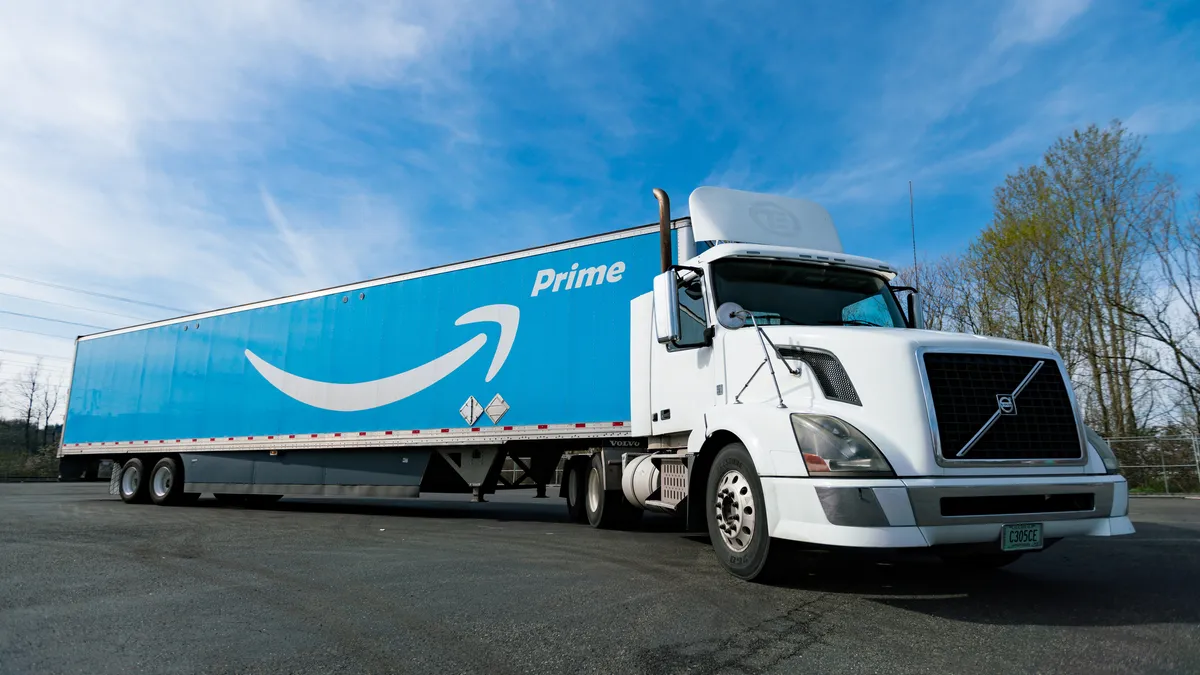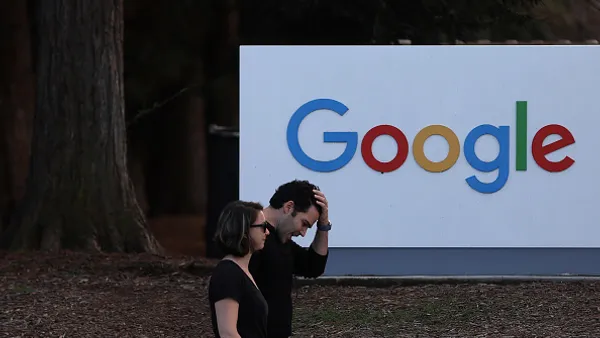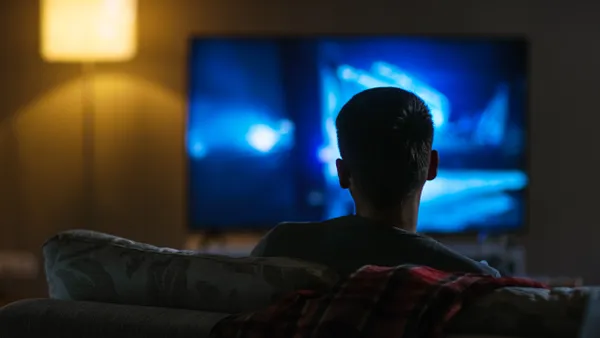Dive Brief:
- Amazon unveiled virtual reality (VR) kiosks in shopping malls in India to promote its Prime Day sale event that begins on July 16, VentureBeat reported.
- The VR experience uses an Oculus Rift with full head tracking to take viewers on a hot air balloon ride and through a simulated city full of Prime Day products. Shoppers can walk through rooms, including kitchen and bath, fashion, Prime video and more, each with a theme and sense of physical space.
- The Oculus Touch controllers let viewers handle products in 3D from all angles and see product details in pop-up windows. For example, clothing can be placed on holographic people to examine fit, and users can look inside refrigerators and handle toys and other products.
Dive Insight:
Amazon is embracing several inventive out-of-home (OOH) marketing tactics to promote this year’s Prime Day shopping event and highlight its tech focus outside of the traditional e-commerce business. The VR promotion could also help Amazon drive sales for its big sale event, as research shows that VR leads to high emotional engagement with users. In-game VR ads support same-day recall for 70% of viewers in formats like pre-roll video and 3D branded objects, according to a YuMe study. Using a VR experience inside a mall could heighten brand awareness, since consumers get the chance to engage when they are in a shopping mindset.
In addition to the VR experience, Amazon has been delivering giant, 25-foot “smile boxes” to cities worldwide, which will reveal pop-up events that showcase the company’s membership offerings. Pop-ups could include concerts, video gaming tournaments, fashion or literary events. The e-commerce giant will live stream the “unboxing” on a microsite and its mobile app. Amazon is giving consumers the chance to win an Alexa-enabled Lexus and smart home package by asking the voice assistant questions, watching Alexa-related videos and using the Amazon app.
Amazon is extending its Prime Day shopping event to 36 hours this year, from 30 hour last year and 24 hours in years past. Prime Day is also expected to generate $3.4 billion globally, a 40% increase from last year’s sales estimate, according to Retail Dive, citing Coresight Research data.
While consumers and marketers are demonstrating interest in VR, widespread adoption of the technology is still small, but it’s growing, with the headset market projected to hit 13.7 million units shipped in 2017 and 81.2 million by 2021, a 56.1% growth rate, according to International Data Corporation data cited in a 2017 Forbes report. Amazon has been working to position itself for that growth. In November, the company launched Sumerian, a web application to help people develop 3D experiences on a variety of platforms, including Oculus Rift, iPhone and HTC Vine.














